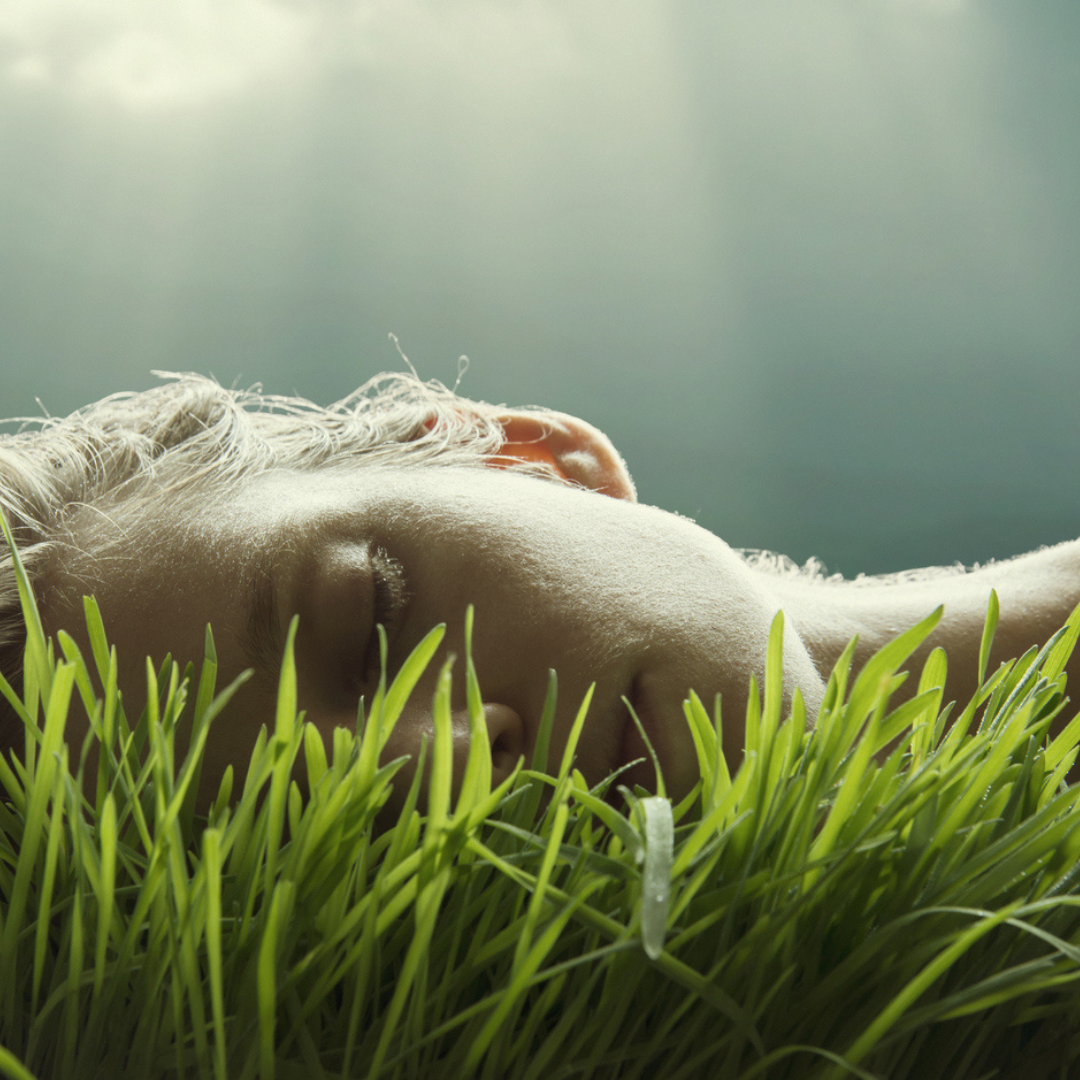The 24-hour day drives biological processes for plants, animals and microbes far more than we realise. This 24-hour cycle is known as the circadian rhythm, where physical, mental, and behavioural changes respond primarily to light and dark.
As we have evolved and as we have created new technologies, it’s interesting to reflect on how many of these technologies disrupt our circadian rhythm – intentionally, or otherwise.
The simple use of electricity to light our homes, allows us to be productive (or unproductive) for longer and eats into the hours when biologically we are geared to sleep.
Let’s have a look at the circadian cycle and what happens in our bodies when our biology is allowed to do what it is programmed for.

Everything we do, from when we are at our strongest, to when we experience bowel movements are connected to this 24-hour cycle (see the diagram above). Melatonin production increases as we get ready for sleep and is suppressed during the day.
Our co-ordination is best mid-afternoon and our body temperatures increase and decrease over the 24 hours.
Sleep serves to re-energise the body's cells, clear waste from the brain, and support learning and memory. It even plays vital roles in regulating mood, appetite and libido.
How much sleep we need, varies according to our age: see the table below and read more here, here and here.
|
Age group |
Recommended hours of sleep per day |
|
|
Newborn |
0–3 months |
14–17 hours |
|
Infant |
4–12 months |
12–16 hours per 24 hours (including naps) |
|
Toddler |
1–2 years |
11–14 hours per 24 hours (including naps) |
|
Preschool |
3–5 years |
10–13 hours per 24 hours (including naps) |
|
School age |
6–12 years |
9–12 hours per 24 hours |
|
Teen |
13–18 years |
8–10 hours per 24 hours |
|
Adult |
18–60 years |
7 or more hours per night |
|
|
61–64 years |
7–9 hours |
|
|
65 years and older |
7–8 hours |
There are four stages of sleep that we cycle through several times each night. The first three form non-rapid eye movement (REM) sleep (also known as slow wave sleep) and the fourth one is REM sleep — where dreams occur.
What happens when you don’t get enough sleep?
Short-term sleep deprivation, long-term sleep restriction, circadian misalignment, and untreated sleep disorders can have a profound and detrimental impact on physical health, mental health, mood, and public safety (see diagram below).
Chronic insufficient sleep is associated with an increased risk of mortality and contributes to several medical epidemics, including cardiovascular disease, diabetes, obesity, and cancer.

What about insomniacs?
Some people don’t get enough sleep by choice – staying up too late on devices, travelling or partying too hard!
Others can’t get to sleep in the first place, or wake up at two or three in the morning with a racing brain that only settles when it’s time to get up! When this happens regularly, it is known as insomnia and some 10% of the population suffer from chronic insomnia issues.
For insomniacs, reading that chronic illnesses such as dementia and diabetes are linked with poor sleep is not particularly helpful.
As most insomniacs understand, there are no silver bullets for curing chronic sleep issues. Sleeping pills and sedatives are okay for breaking the cycle, but are not good for our health when used over long periods of time.
Recently we posted about sleep on social media and we loved this response from Penny Webster:
"I have suffered for years .. so I decided to get really smart about it, insomnia was overtaking my life!!
- No cell phone /tv in the bedroom
- I use a shakti mat for 15-20 min
- No caffeine after 2pm
- Nice hot shower before bed
- Use the highest grade magnesium, ..one tablet before bed .
- Sleep with lots of ventilation ... even in winter
- Summer is difficult for me, but in winter I find using a medium weight woollen blanket really helps .. a bit of weight on top of the bed.
Hope this helps. I follow all of these little rules .. and so far, for about 3-4 yrs, I fall asleep quickly and I stay asleep all night."
By following these rules, Penny has created her sleep hygiene routine, signalling to her body that the circadian rhythm is moving from day to night and it is time for compounds like melatonin to be produced. She has also reduced daytime stimulatory influences like caffeine and removed daylight mimicking stimuli, like phones and TVs, from her sleep area.
Looking around you, your bedroom, your home and assessing your lifestyle is critical for taking the steps you need to make to improve your sleep – at the very basic level, think about your body and how you connect with the 24-hour cycle, and how can you strip back to nature’s elements.
It’s worth mentioning diet here too, a diet high in prebiotic fruit and vegetables and low in processed sugars and carbohydrates is correlated with good sleep outcomes.
We totally understand that poor diet and poor sleep can be a vicious cycle. When we sleep poorly, we tend to make poorer food choices and we are less inclined to exercise, we are also more inclined to stress about small things that don’t actually matter.
Breaking that cycle, by addressing unhealthy food choices, paring down your 24-hour day, and making small improvements one day at a time will help you return to nature’s circadian rhythm.
Good luck and happy sleeping and health to you all!
Please contact us if you have any queries admin@zesttwellness.com and don’t forget to check out our new Zestt Wellness lozenge range and Breathe Easy!

